Growing mushrooms at home is a fun and rewarding project that anyone can try, even if you don’t have a lot of gardening experience. It might seem like a tricky process at first, but once you understand the basics, it’s easier than you think. Plus, there’s nothing quite like harvesting your own fresh mushrooms, ready to add to your favorite dishes.
From setting up your growing environment to harvesting the fungi, there are a few simple steps to follow. By getting the right materials, maintaining the right conditions, and being patient, you’ll soon see the fruits of your labor. With just a little effort and attention, you’ll have a steady supply of delicious mushrooms right from your own home.
Choose the Right Mushroom Variety
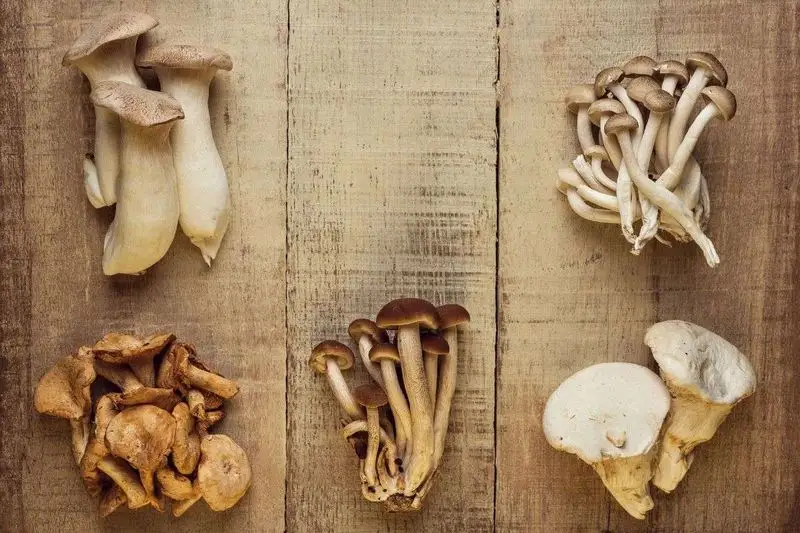
Start your mushroom-growing journey by selecting the right variety. Consider factors such as your climate, available space, and personal taste preferences. Common choices include oyster, shiitake, and button mushrooms. Each has distinct growing requirements that you’ll need to accommodate.
Certain varieties thrive better in specific environments, so understanding your local climate can guide your decision. Research each type’s growth habits and nutritional needs to ensure a bountiful harvest.
By choosing a suitable mushroom variety, you set yourself up for a satisfying and successful gardening experience.
Select the Ideal Growing Medium
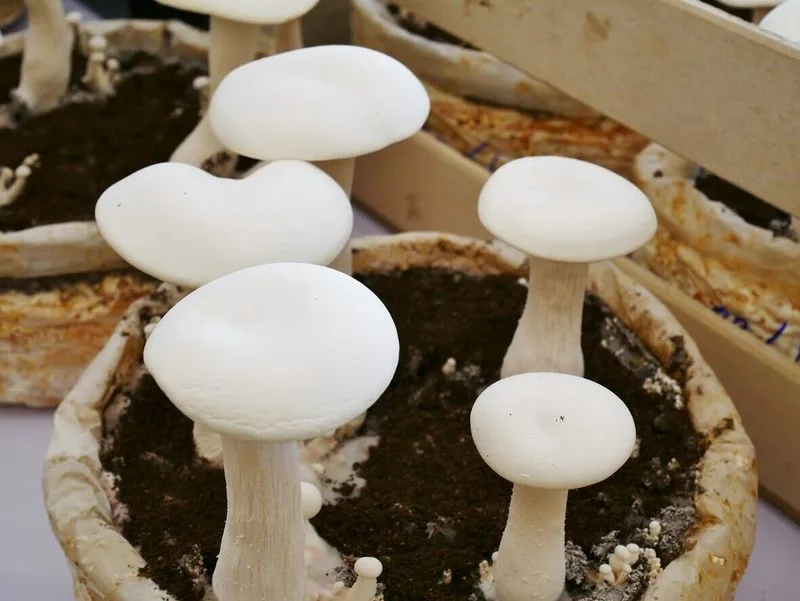
The growing medium is essential for mushroom cultivation. Popular options include straw, wood chips, and coffee grounds, each providing unique benefits. Consider what is readily available and aligns with the mushroom variety you’ve selected.
Some mushrooms prefer a nutrient-rich substrate, while others thrive in simpler materials. Understand the specific needs of your chosen mushrooms to select the ideal medium.
By aligning the substrate with your mushroom’s requirements, you enhance the likelihood of a successful grow, making it one of the crucial steps in the process.
Prepare the Substrate Properly
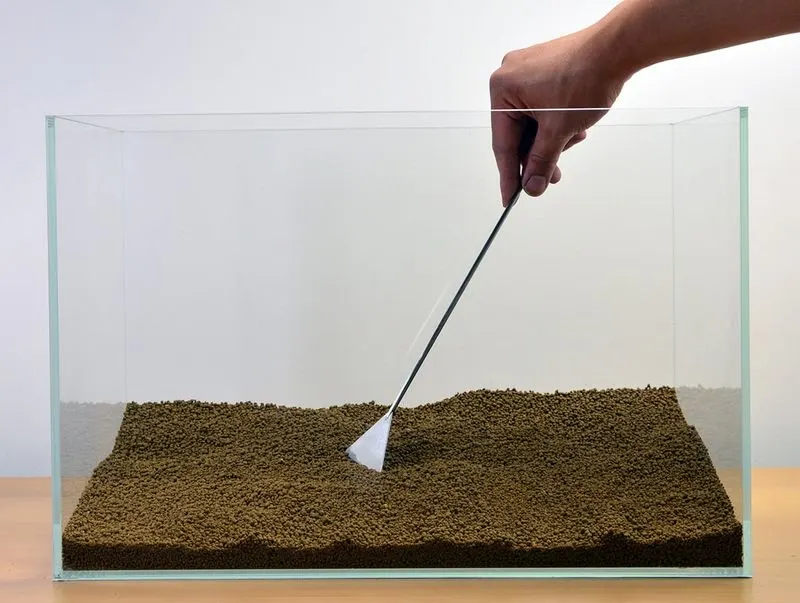
Proper substrate preparation is vital for mushroom growth. Start by cleaning and soaking your chosen medium, such as straw or wood chips, to provide a fertile base. Sterilizing or pasteurizing the substrate can prevent contamination and ensure healthy mushroom development.
Use hot water or steam to kill harmful organisms, and then allow it to cool before moving to the next step. This preparation creates an optimal environment for mushroom mycelium to thrive.
Investing time in substrate preparation enhances your chances of growing robust and healthy mushrooms.
Inoculate the Substrate with Spores
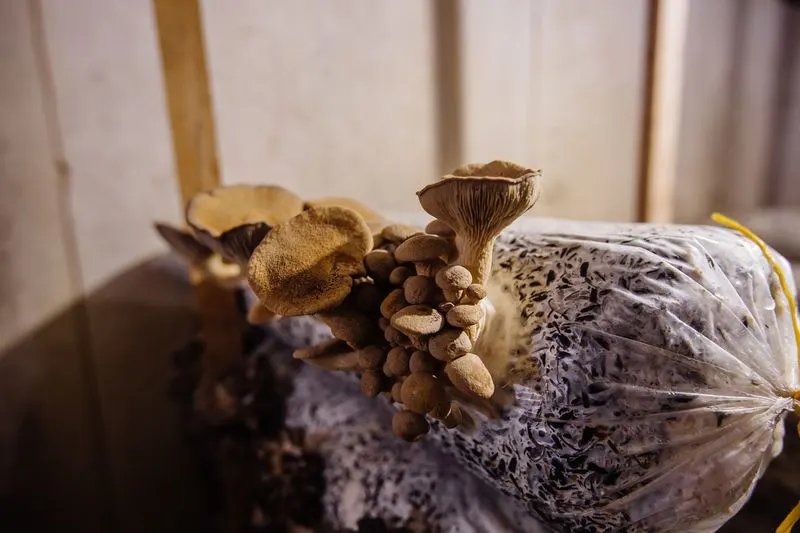
Inoculating the substrate with spores is a pivotal step in mushroom cultivation. Carefully sprinkle the spores over the prepared substrate, ensuring even distribution for uniform growth.
Gently mix the spores into the medium to foster contact and initialization of the growing process. Cover the inoculated substrate with a thin layer of vermiculite or plastic to maintain moisture levels.
This step demands patience and precision, as proper inoculation sets the foundation for the entire growth cycle. A meticulous approach will lead to successful mushroom cultivation.
Maintain Optimal Temperature and Humidity
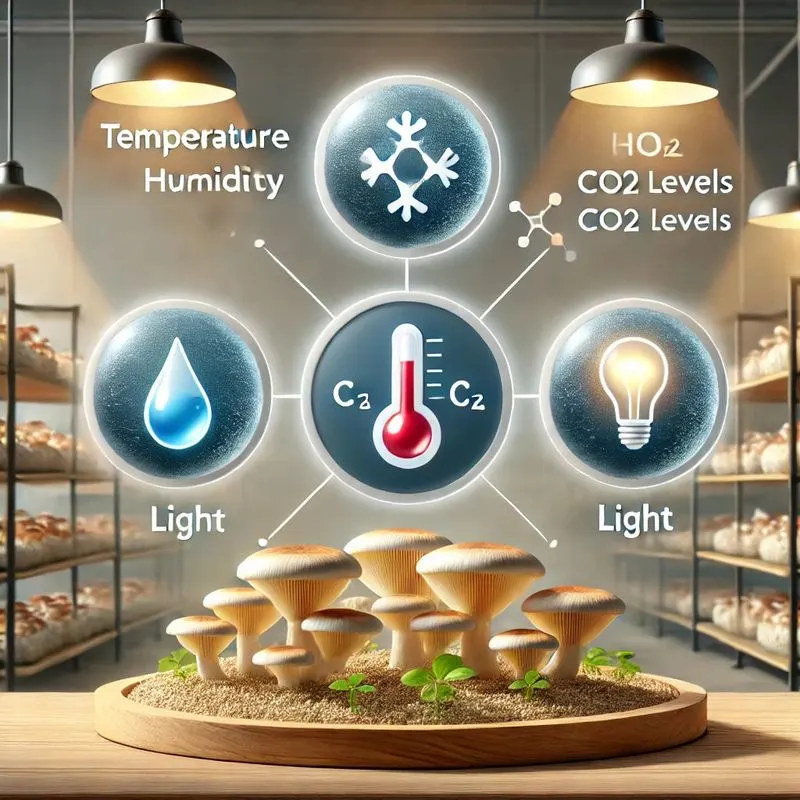
Maintaining the right temperature and humidity is essential for mushroom development. Most varieties thrive in temperatures between 60-75°F and require humidity levels around 80-90%.
Use digital thermometers and hygrometers to monitor conditions closely, adjusting as needed to suit your specific mushroom type. Ventilation and misting systems can help regulate the environment, ensuring suitable conditions.
By paying attention to these factors, you’ll create an environment conducive to mushroom growth, setting the stage for healthy and vigorous development.
Monitor for Contaminants

Vigilance against contaminants is crucial in mushroom cultivation. Regularly inspect your growing medium for signs of mold or unwanted fungal growth, as these can hinder or destroy your crop.
Early detection allows you to take corrective measures, such as removing contaminated sections or adjusting environmental conditions. Keep tools and hands clean to minimize the risk of introducing harmful organisms.
Maintaining cleanliness and monitoring for contaminants ensures that your mushroom cultivation remains healthy, leading to a successful harvest.
Ensure Proper Ventilation
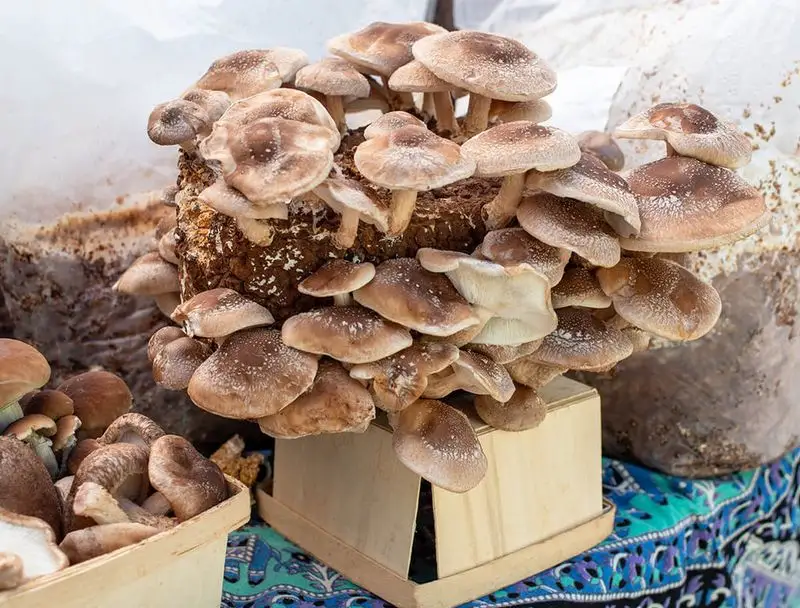
Proper ventilation is vital for mushroom growth, providing fresh air and preventing the buildup of carbon dioxide. Ensure that your growing area has adequate airflow without exposing the mushrooms to harsh winds or temperature fluctuations.
Using fans or open windows can help circulate air, maintaining the right balance for your specific mushroom variety. Adjust ventilation techniques based on environmental conditions and mushroom needs.
By promoting proper airflow, you’ll support healthy mushroom development and enhance the quality of your yield.
Provide Adequate Light

While mushrooms don’t need direct sunlight, adequate light is crucial for their development. Indirect sunlight or artificial grow lights can help maintain the right light levels.
Understanding the light needs of your specific mushroom variety will guide you in positioning your growing containers correctly. Avoid intense, direct sunlight, as it can dry out the substrate and harm the mushrooms.
Balancing light exposure ensures that your mushrooms develop properly, leading to a successful and rewarding harvest.
Water Consistently
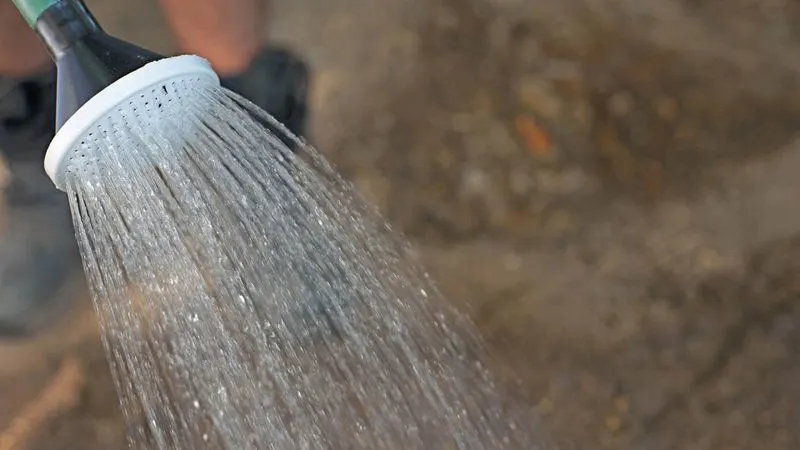
Consistent watering is essential for mushroom cultivation, ensuring that your substrate remains moist but not saturated. Use a spray bottle to mist the growing area regularly, adapting the frequency to the specific needs of your mushroom variety.
Too much water can lead to rot, while too little can slow growth. Monitoring moisture levels helps maintain the right balance and supports healthy development.
By watering consistently and attentively, you’ll create an ideal environment for your mushrooms to thrive, resulting in a fruitful harvest.
Be Patient During the Growing Phase
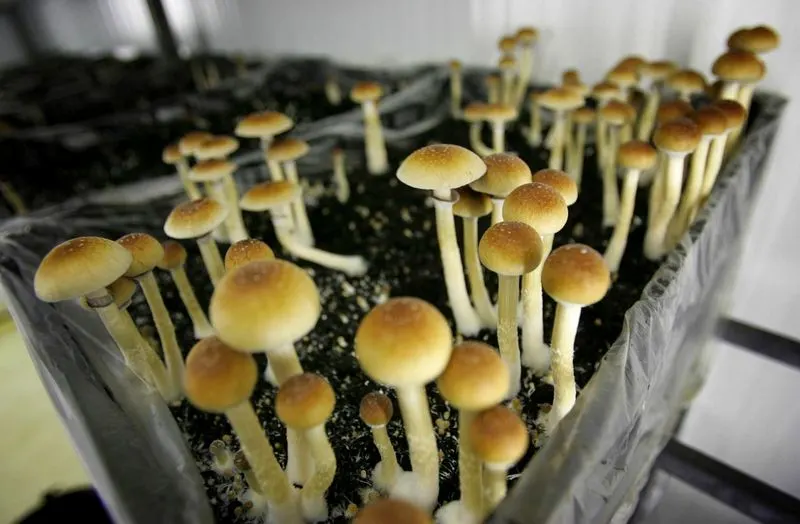
Patience is a virtue in mushroom cultivation. Depending on the variety, it may take weeks or even months for your mushrooms to fully mature. Regularly check the progress, but resist the urge to rush or constantly disturb the growing environment.
Maintaining patience allows the mushrooms to develop naturally, reducing stress on the growing system. Trust in the process and the steps you’ve taken to ensure success.
By embracing patience, you’ll find the growing experience rewarding, leading to a successful harvest.
Harvest at the Right Time
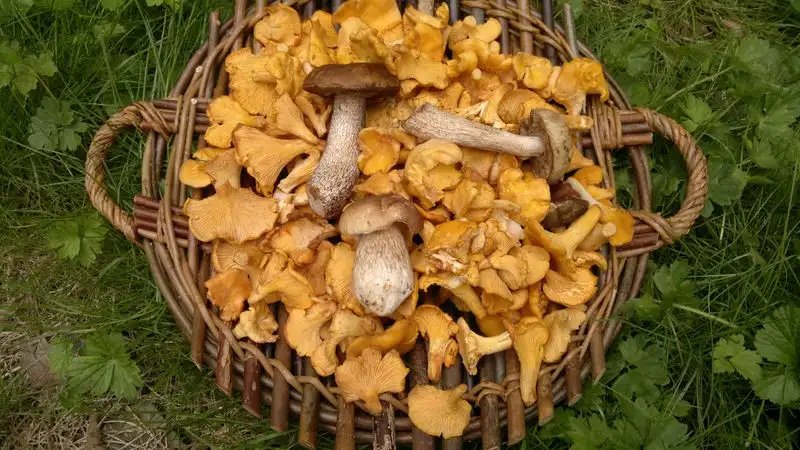
Knowing when to harvest is key to a successful mushroom-growing experience. Observe your mushrooms for signs of maturity, such as size, color, and cap shape. Harvesting too early or late can affect flavor and texture.
Gently twist or cut the mushrooms at the base to avoid damaging the mycelium, allowing for future growth cycles. Timing your harvest precisely ensures the best quality and taste.
By understanding the right harvesting techniques, you’ll enjoy a bountiful and delicious yield from your home-grown mushrooms.
Store Your Harvest Properly
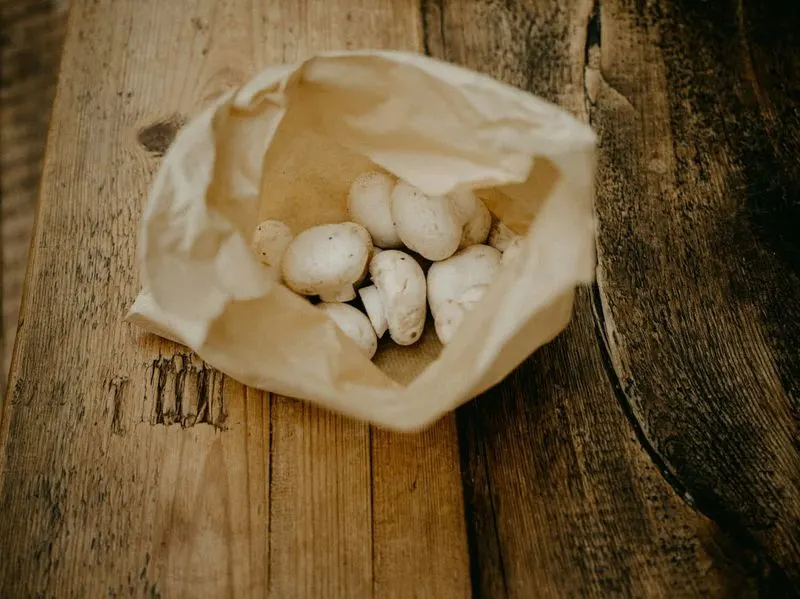
Proper storage is essential to maintain the freshness of your harvested mushrooms. Use breathable containers like paper bags to keep them fresh without trapping moisture.
Store them in a cool, dark place, such as a refrigerator, to extend their shelf life and preserve flavor. Avoid using plastic bags, as they can cause the mushrooms to become slimy and spoil faster.
By storing your mushrooms correctly, you’ll enjoy the fruits of your labor for a longer period, savoring their taste and texture.
Utilize Leftover Substrate
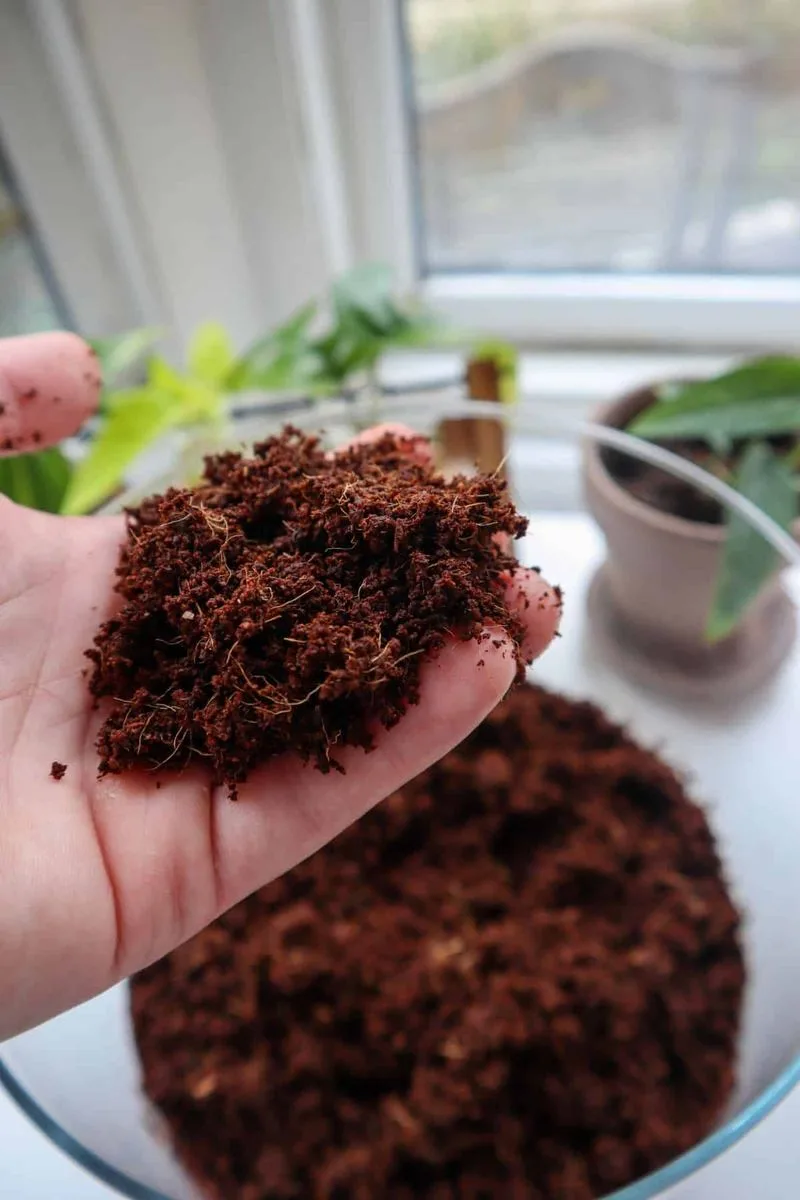
After harvesting, don’t discard the leftover substrate. It can be recycled into your garden soil or compost pile, enriching the nutrient content and promoting healthy plant growth.
Reusing substrate minimizes waste and provides an environmentally friendly way to extend its benefits. Mixing it with other compost materials can enhance its effectiveness.
By utilizing leftover substrate, you contribute to sustainable gardening practices, turning waste into a valuable resource for future growth.
Experiment with Different Varieties
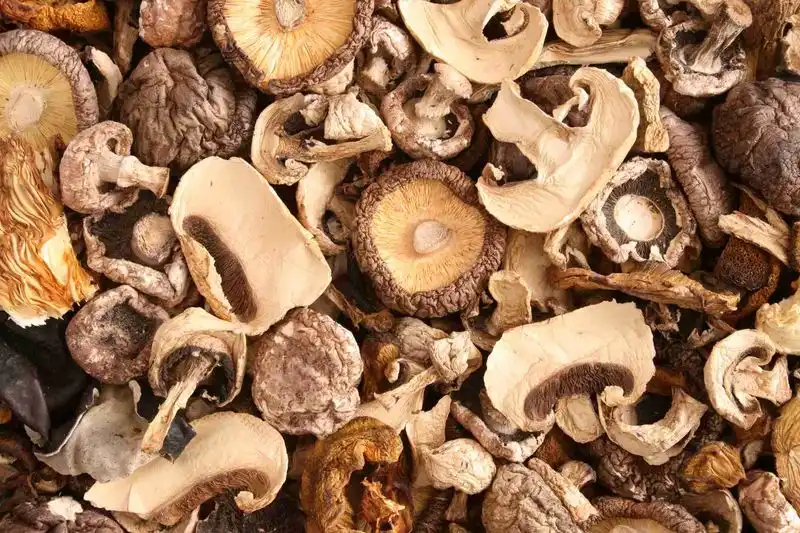
Once you’ve mastered the basics, why not explore different mushroom varieties? Experimenting with new types can enhance your gardening skills and provide unique culinary experiences.
Visit local garden centers or online suppliers to find exciting options that suit your climate and taste preferences. Understanding the nuances of various varieties can deepen your appreciation for mushroom cultivation.
By continuing your mushroom-growing journey with diverse varieties, you’ll keep the experience fresh and rewarding, discovering new flavors and gardening techniques.

